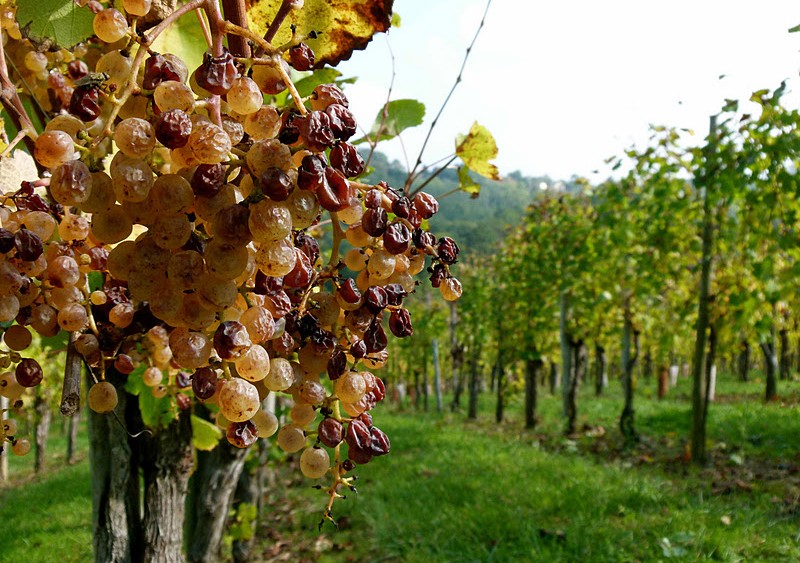In the 70s, all wine sectors agreed on a regulation that would set common goals to the industry. Its penalty was under law 18,905. The goals were the vertical integration of the industry, promoting export sales, the formation of an operational stock, the fractionation in the origin, the stabilization of the economic fluctuations, adapting taxation and credit policies.
It also legislated for the production by third parties – Law 18,600 – that is, make it easier for vineyard owners without wineries who sought to produce their wines, which for the perishable quality product and the coincidence of the harvest season with inclement weather, placed them in an unequal treatment.
In the 80s, the Argentinian Viticulture underwent a huge transformation process. There had come into production the vineyards planted under the tax protection. On the other hand, began a change of ownership of the traditional wineries took place in a process of concentration. It entered into a crisis by the collapse of a financial group that had purchased some of them. Many of the old Mendoza wineries, from Spanish and Italian families, who were in the hands of many their heirs and which had driven the production of wines for the domestic market, ended up being confiscated by the State.
In the current period, it has been a significant growth of investments in the regional Viticulture. French, American & Chilean companies and new investor groups have begun to revalue planting fine vineyards. Under the growing and widespread dissemination of quality wines throughout the world, acquired wineries and brands, vineyards were remodelled, new technologies were incorporated, and areas like the Uco Valley were developed. The Argentine wine became a permanent participant in international trade fairs and began to identify our country as a major producer of quality wines. Argentina for the first time chairs the OIV.
At the same time, the quality of the common grapes entered into a crisis due to the collapse of local consumption, the result of the declining wages, the changes in the eating habits and the competition with other beverages. Therefore, two different vinicultures were created:one aiming at the production of fine wines intended for the consumption of high-income socioeconomic segments and export, and another intended for consumption in the local market. The latter earmarked a percentage of their production to the elaboration of must (grape juice).
Mendoza has formed an irrigated oasis, incorporated vineyards and technologies that made it one of the top wine regions of the world. Its stony soil and sunny days, converted it into ¨the true homeland of the Vine¨.
Author: Laura Suarez






